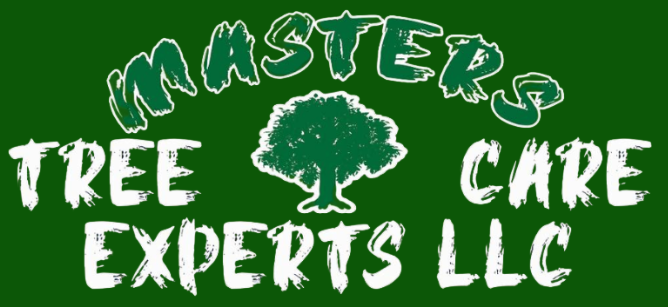Summer in Lee’s Summit is when our trees are in full bloom — but it’s also when pests and diseases are most active. At Master’s Tree Care Experts, we know that spotting early signs of trouble can save your trees and protect your property. Let’s walk through what homeowners need to watch for and how professional tree care can help you keep your landscape thriving.
Table of Contents
Top Signs of Tree Disease in Summer
Warm, humid Missouri summers create the perfect conditions for tree diseases to spread. Here’s what to look for:
Unusual leaf spots or discoloration — black, yellow, or reddish spots can signal fungal infections like anthracnose or tar spot.
Wilting or sudden leaf drop — even with regular watering, this could point to root rot or vascular diseases.
Cankers (sunken, cracked bark areas) — these wounds allow pathogens in and weaken the tree’s structure.
Mushrooms at the base — fungal fruiting bodies often mean internal decay.
Oozing sap or foul smells — signs of bacterial infections or internal rot.
If you notice any of these, it’s time to call in the pros for a health assessment.
Common Summer Tree Pests to Watch For
Insects are busiest in summer, and some can devastate your trees if left unchecked. Watch for:
- Emerald Ash Borer — metallic green beetles boring into ash trees, leaving D-shaped exit holes.
- Japanese Beetles — skeletonizing leaves, especially on maples, lindens, and fruit trees.
- Scale Insects — tiny bumps on bark or leaves that suck sap and excrete sticky honeydew.
- Aphids — clusters of tiny green or black insects on new growth, often leaving behind sticky residue.
- Bagworms — brown, bag-like sacs hanging from evergreens, defoliating branches.
Need help identifying a pest? Our ISA Certified Arborists know exactly what to look for and how to treat it.
What Should Homeowners Do?
Q: How can I tell if my tree has a disease or just heat stress?
Look closely — heat stress usually affects the whole tree evenly, while diseases often create isolated patches of damage (like spotted leaves or specific branch dieback).
Q: Should I spray for pests myself?
Be cautious! Many pests need targeted treatments, not broad sprays, to avoid harming beneficial insects. Call in a pro for a proper diagnosis.
Q: Can summer pruning help control pests or disease?
Yes, selective pruning can remove infested or diseased branches, but it must be done carefully to avoid further stress.
The Importance of Professional Tree Health Assessments
Why hire Master’s Tree Care Experts?
- Accurate diagnosis — We know the difference between harmless leaf spots and serious infections.
- Customized treatment plans — From trunk injections to soil treatments, we target the right problem.
- Preventive care — We offer regular inspections to catch issues before they become major problems.
When to Call for Immediate Help
Not every issue can wait. Call (913) 909-9768 right away if you notice:
- Large limbs dying or dropping.
- Trees leaning suddenly after storms.
- Bark splitting or cracking dramatically.
- Extensive insect infestation visible on the trunk or branches.
We offer emergency tree services to keep your property safe: Emergency Tree Services
Protect Your Trees This Summer with Master’s Tree Care Experts
Don’t let pests or disease steal the beauty from your yard. With 20+ years of local experience, we know how to safeguard your trees — and your peace of mind. Call us today at (913) 909-9768 or visit masterstreecareexperts.com to schedule a tree health checkup.
Let’s keep your Lee’s Summit landscape healthy, vibrant, and pest-free this summer!

